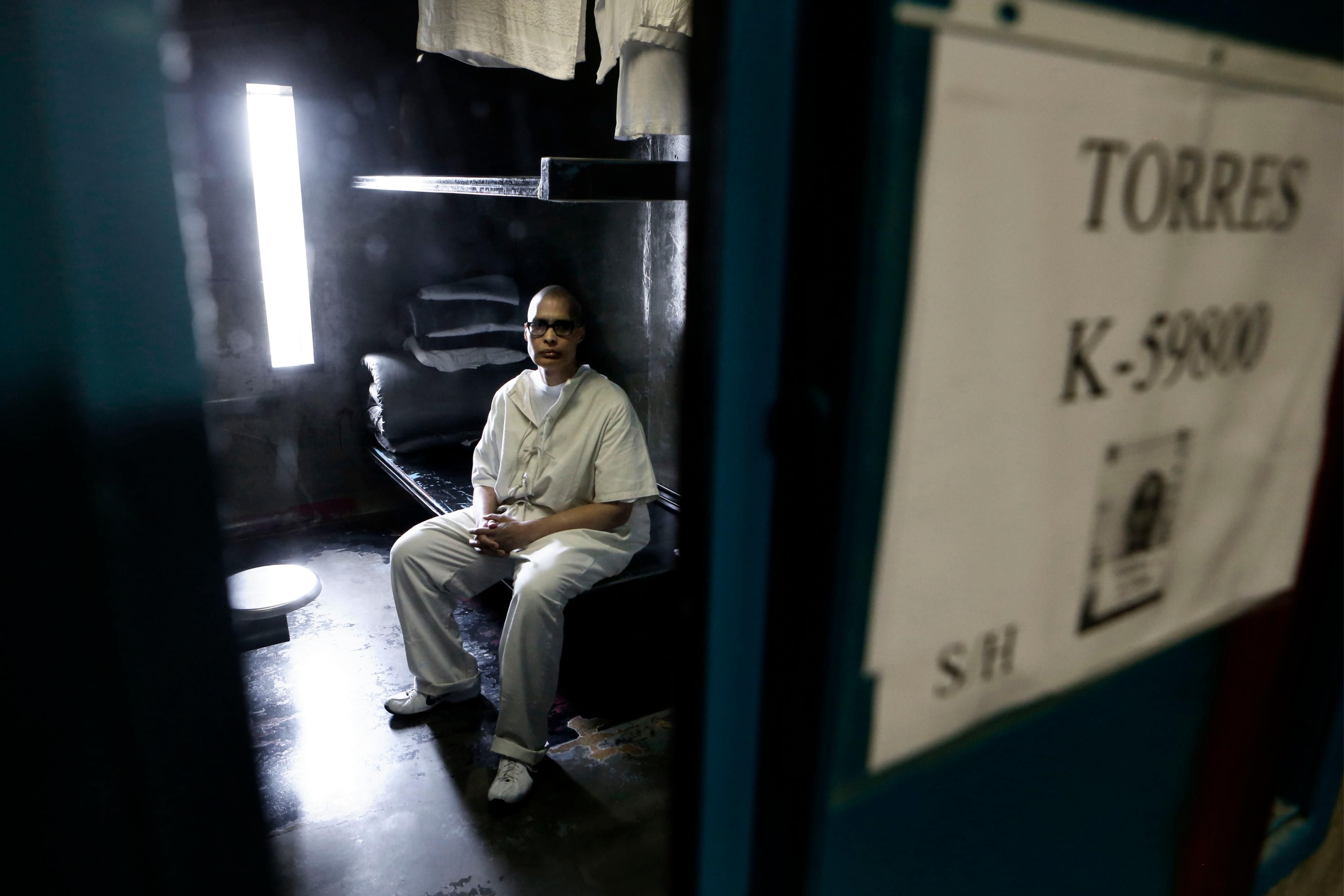
Eddy Nalon bled to death in a segregation cell at Millhaven Penitentiary on this day in 1974. For every year since, prisoners have courageously marked Aug. 10 as Prisoners Justice Day.
Despite this international standard and the admonishments of Canadian courts, Canada continues to practice this form of abuse.
They fast, refuse to work and think about all prisoners who have died. Long before the medical science backed them up, prisoners knew that being locked alone in a cell indeterminately would undermine sanity and drive them toward suicide.
The consciousness of Canadians has caught up with what prisoners have known for years. Prolonged solitary confinement is torture. Canadian appellate courts in B.C. and Ontario have now held that indeterminate periods of isolated confinement violate Charter rights. Class action lawsuits have been successful resulting in damages for the cruelty prisoners experienced for being held in segregated confinement for more than 15 days straight.
The United Nations defines solitary confinement as 22 hours or more alone in a cell without meaningful human contact. More than 15 consecutive days of it has been prohibited as cruel and a form of torture. Yet, despite this international standard and the admonishments of Canadian courts, Canada continues to practice this form of abuse.
In 2019, Canada repealed legislation permitting administrative segregation, one form of solitary confinement. Ministers said this would be the end of solitary confinement in Canada. They were wrong.
Confinement in cells for more than 22 hours without meaningful human contact continues under different names. From dry celling to lockdowns to medical observation—the list is long. Solitary has worsened over the last two years with a ready public health justification for cruel confinement.
Most concerning is that structured intervention units (SIUs) that were billed as the answer to abusive solitary confinement now perpetuate it. Prof. Doob and Sprott's analysis of the SIUs revealed that 10 per cent (195) of SIU placements result in prohibited, prolonged, solitary confinement or torture. This finding was accepted by the minister of Public Safety before a Parliamentary Committee.
When Parliamentarians learn that Canadians are being tortured right here at home, the practice should be stopped immediately. Canadians should not tolerate other Canadians being tortured by state officials.
Stopping this is not difficult: Direct and legislate correctional authorities to cap solitary confinement at 15 consecutive days; ratify the optional protocol against torture; and denounce torture in all forms, particularly in our own backyard.
The correctional investigator, auditor general, senators, and advocates have raised countless failings in our correctional system. They are frustrated that recommended reforms have been ignored.
It would take a wholesale transformation of the federal correctional system to fully respect the rule of law and provide prisoners with the rights and justice to which they are entitled—but surely, stopping practices that are recognized in international human rights documents and by our courts as cruel and torturous is not too much to hope for on this Prisoners Justice Day.
How many more Eddy Nalons will Canada fail?
This content originally appeared on Common Dreams - Breaking News & Views for the Progressive Community and was authored by Catherine Latimer.
Catherine Latimer | Radio Free (2022-08-10T19:01:11+00:00) Why Does Canada Still Allow Torture in Prisons?. Retrieved from https://www.radiofree.org/2022/08/10/why-does-canada-still-allow-torture-in-prisons/
Please log in to upload a file.
There are no updates yet.
Click the Upload button above to add an update.